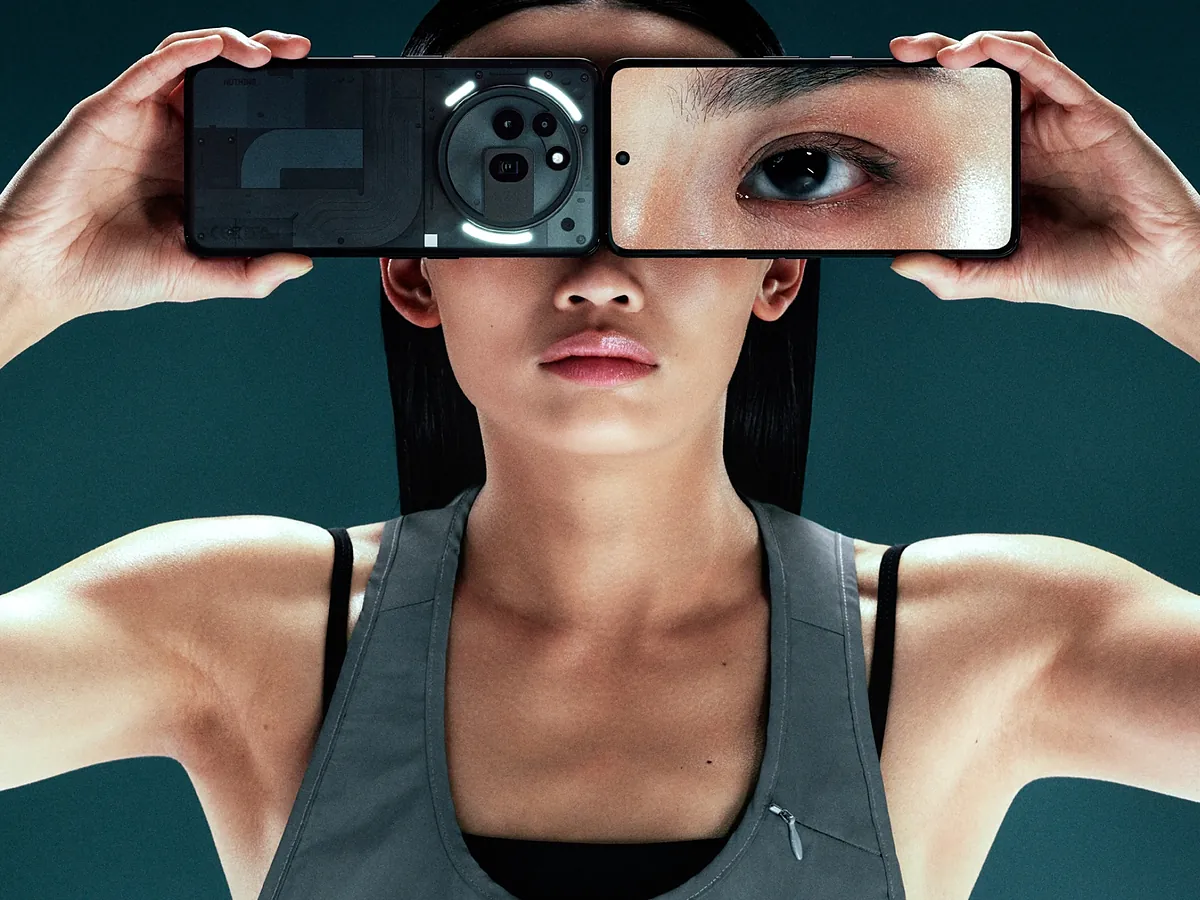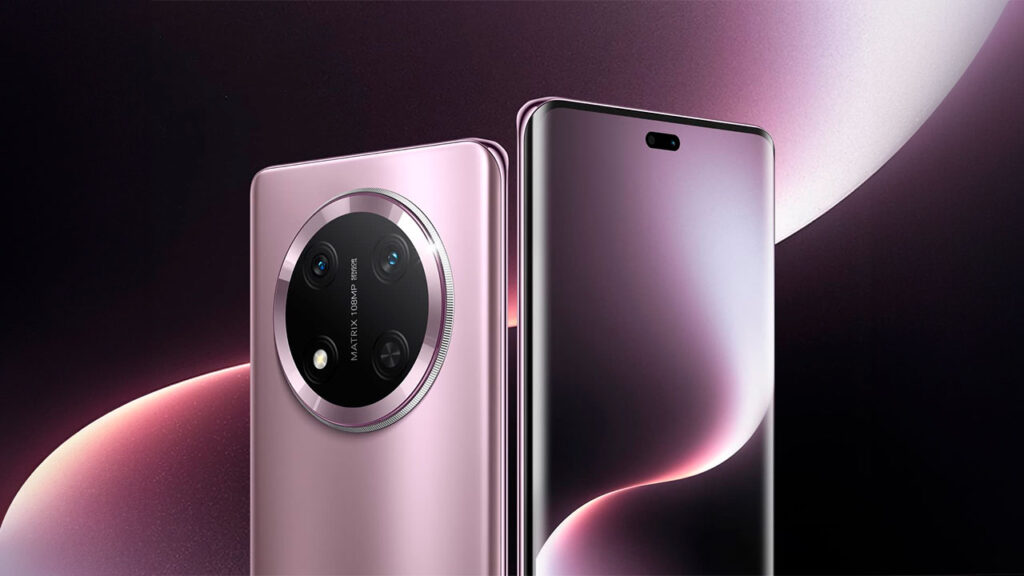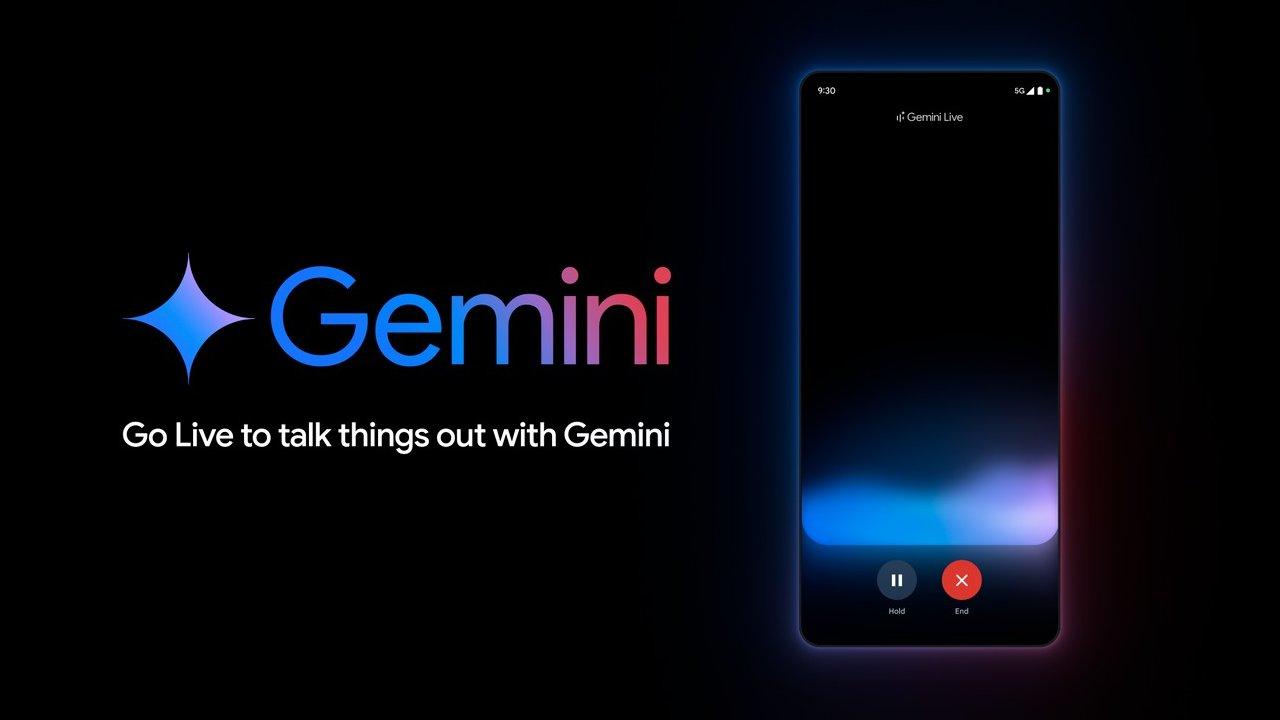- The 2025 AI models offer groundbreaking innovations in photography, performance, and smart features.
- Samsung, Xiaomi, OPPO, Apple, and Google lead the way with phones that integrate advanced image processing, smart assistants, and extended battery life.
- Artificial intelligence capabilities now influence cameras, translation, productivity, and user experience.
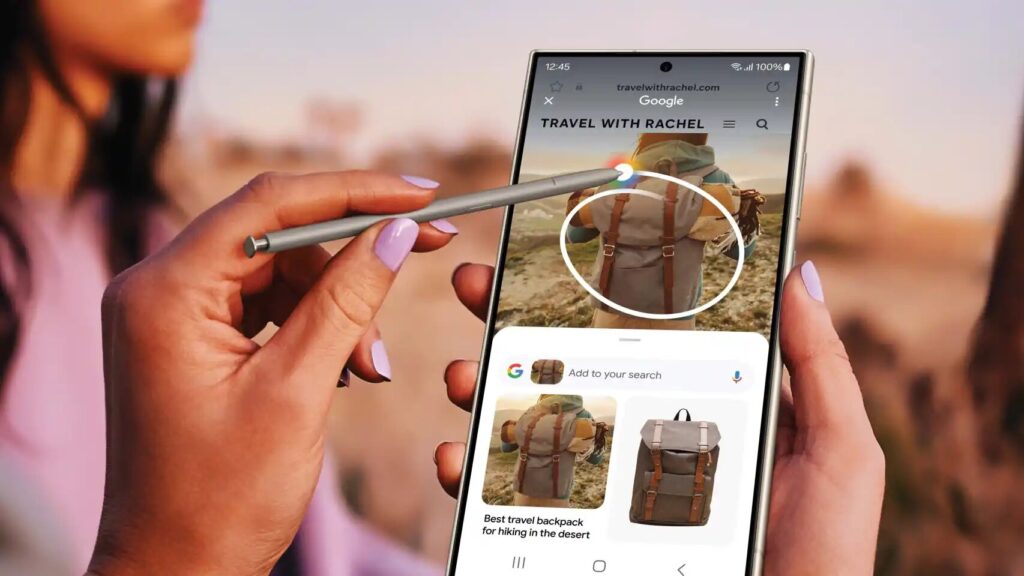
If you have come this far it is because you are thinking about taking the leap to one of those 2025 mobile phones that boast artificial intelligence And you want to make sure you choose wisely among so many alternatives. This year, competition has skyrocketed, and brands are working hard to integrate AI into almost every corner of their devices: from photo processing to simultaneous translation, including contextual assistants and productivity tricks that only recently seemed like science fiction.
With the arrival of the new generation of smartphones, the Artificial intelligence has become the main attraction of the most advanced devices. But which phones really stand out for their AI integration? In what aspects does each one excel, and what are the key differences depending on your intended use? This article goes far beyond a simple ranking: here's a complete and exhaustive guide with our own analysis of the models that best exploit artificial intelligence in 2025.
Overview: The mobile AI boom of 2025
AI has ceased to be a passing fad and has become an absolute protagonist. in the development of high-end mobile phones—and, in many cases, also in the ascending mid-range range. The leap is especially noticeable in the way photos are taken, the efficiency of the processors, the battery life, and, of course, the user experience. Samsung, Xiaomi, Apple, Google, OPPO, Honor, OnePlus, and other giants have made a strong commitment, and each brand boasts its own vision and arsenal of smart tools.
This year, the most notable developments focus on the following areas:
- Advanced Computational Photography: features such as magic editing, removing reflections or people, automatic enhancements in adverse conditions, and even compositing images from multiple shots.
- AI-optimized processors: Next-generation chips that dedicate part of their architecture to neural processing, accelerating tasks such as voice, object, and scene recognition.
- Contextual Assistants: From transcribing notes in real time to translating calls and messages, AI is creeping into almost every app and menu.
- Productivity and customization: Artificial intelligence helps to better organize the agenda, suggest responses, manage files, and automate routines based on the user's usage.
Which mobile phones will lead AI integration in 2025?

After analyzing the Most outstanding models according to specialized media and reference comparisons, the outlook for 2025 is mainly divided among several brands. Samsung continues to dominate in the integration of Galaxy A.I., while Xiaomi consolidates its position as a benchmark in computational photography and value for money. Apple and Google continue to innovate in user experience and photography, and OPPO and Honor surprise with their maturity in AI applied to the camera and productivity. Additionally, Nothing, Vivo, Asus, and Motorola also offer offerings with original features.
These are the top contenders that have grabbed headlines and received the best reviews from the tech press:
- Samsung Galaxy S25 Ultra, S25+, S24 Ultra
- Xiaomi 15 Ultra, Xiaomi 14T Pro, Xiaomi 15
- Apple iPhone 16 Pro, iPhone 16e, iPhone 15 Pro Max
- Google Pixel 9 Pro, Pixel 10
- OPPO Find X8 Pro, Find X5 Pro, Reno 13 Pro
- Honor Magic7 Pro, Magic7 Lite
- OnePlus 13, OnePlus Open Apex
- Nothing Phone (3a) Pro, Phone (2a)
- Vivo X200 Pro, Vivo X120 Pro
- Motorola Edge 60 Ultra, Edge 30 Ultra, Razr 50 Ultra
- ASUS Zenfone 12 Ultra, ROG Phone 9
- Other highlights: ZTE nubia Flip 2 5G, Huawei Pocket 3, Crosscall Stellar M6, SPC Polaris
Samsung Galaxy S25 Ultra: The benchmark of mobile AI
Few devices summarize the concept so well. "artificial intelligence" on mobiles like Samsung Galaxy S25 Ultra. The South Korean firm has opted for total integration this year thanks to Galaxy A.I. and its practical applications. Not only does it stand out in the spec sheet, but it also introduces features that make a difference in everyday life:
- 2-inch QHD+ Dynamic AMOLED 6,8X display, excellent visibility even in full sun.
- Snapdragon 8 Gen 4 processor and up to 12GB of RAM to run any AI app without breaking a sweat.
- Powerful camera system led by a 200 MP sensor with variable aperture, ultra wide angle and dual telephoto lenses.
- Battery 5500 mAh with 65W fast charging and two real days of battery life.
But where the S25 Ultra really shines is in its smart features:
- Real-time translation of calls and chats, ideal for those who work or interact in several languages.
- Automatic transcription of notes and meetings, Smart summaries and text editing thanks to Galaxy AI.
- AI-powered image editing: remove objects, enhance old photos, remove reflections, and even transform sketches into final images.
- Integrated Gemini Assistant (Google), always ready to help you by asking or pressing the side button.
Featured advantages:
- Large screen and outstanding quality
- Deep integration of AI tools into almost all apps
- Very versatile cameras and excellent in most conditions
- S-Pen with productivity enhancements (Ultra version only)
Points to improve: the sound, although compatible with Dolby Atmos, is not at eye level with the deviceOther users will point out its size and weight, although this year it has been reduced somewhat compared to the previous generation.
Xiaomi 15 Ultra and 15: A photographic revolution and value for money in AI
La Xiaomi 15 series (especially the Ultra) It is another of the great surprises of the year, consolidating itself as the reference for those looking for Top-notch photography, decent battery life, and AI features without breaking the bank as much as with alternatives from Apple or Samsung.
- Leica cameras, with a quad module packed with 200MP and 50MP sensors, low-light focusing and periscopic zoom.
- 6,73-inch WQHD+ AMOLED display, brutal brightness of up to 3200 nits, extra protection and attractive design.
- Snapdragon 8 Elite processor, up to 16GB of RAM, 1TB of storage and 6000mAh battery.
- HyperOS 2 System Based on Android 15, with AI-specific integration for photography, glare removal, image enhancement, and advanced editing.
On the standard Xiaomi 15, The collaboration with Leica, the 6,36-inch OLED display, and the optimization of smart features in the gallery and camera are maintained. The thoughtful addition of an original case in the box is another nod to those seeking value for money.
Key Pros:
- Mobile photography at another level for its price
- Downloadable AI plugin system for specific editions
- Compact design (in the standard model) and premium construction
Weak points: It tends to heat up under stress, and the battery, while adequate, is limited in the base model. In night photography, there's still room for improvement compared to Samsung and Apple.
Apple iPhone 16 Pro and 16e: AI adapted to the Apple ecosystem
Apple continues at its pace in the integration of artificial intelligence, but this year it takes an important leap with the iPhone 16 Pro and the iPhone 16eBoth models stand out for their combination of outstanding hardware, sustainability, and a truly polished user experience.
- iPhone 16 Pro: Titanium design, 6,3-inch ProMotion XDR display, adaptive refresh rate, no physical buttons (all haptic), revamped camera system with 48MP sensor and 10x optical zoom, 8K HDR video.
- 18nm A3 Pro chip, with 30% improvements in AI efficiency and performance compared to the previous generation.
- Apple Intelligence Integration: AI image editing, advanced photo search, text summarization, real-time translation, and contextual suggestions for everyday use.
- Improved battery life (up to 26h), ultra connectivity (Wi-Fi 7, 5G, Ultra Wideband 2), fast charging and reverse wireless.
- iPhone 16e: A more compact and affordable version, but with an A18 AI engine, 16-core Neural Engine, and intelligent camera optimization, autonomy, and editing features.
Strengths:
- Apple Experience: Seamless integration of software and hardware
- AI capabilities in camera, search, editing, and media management
- Sustainable materials and smart safety features (SOS via satellite)
To improve: The price, of course, and the customization, more limited than on Android, but in return, stability and ease of use are assured.
Google Pixel 9 Pro, Pixel 10: When AI is the heart of the system
Google is not far behind and this year the Pixel 9Pro And, in the forecast, the long-awaited Pixel 10 solidify the brand's supremacy in AI integration. These models are the go-to option if you're looking for top-notch computational photography, fast updates, and a bloatware-free Android experience. Learn more about Gemini Live on Android to understand how Google optimizes its AI features on these devices.
- Pixel 9 Pro: 6,7-inch OLED display, Tensor G3 processor, triple camera with optimized sensors, improved Night Sight mode, and AI retouching tools within reach of any user.
- Pixels 10: long-awaited leap with the Tensor G5 chip (more efficient and with fewer temperature issues), advanced real-time editing, and deeper AI capabilities from Gemini.
- Key AI Features: Circle to Search, a magical image editor, event transcription and summary, real-time translation, contextually intelligent search, and an improved assistant.
The best:
- Unparalleled photography and video in terms of applied AI
- Fast system and security updates
- Clean interface without unnecessary apps, full integration with Google Ecosystem
Challenges: So far, the Pixels have suffered from overheating and mediocre battery life, but Tensor's transition to TSMC could fix both of these issues in the Pixel 10 and beyond.
OPPO Find X8 Pro, Reno 13 Pro: intelligence applied to the camera and productivity
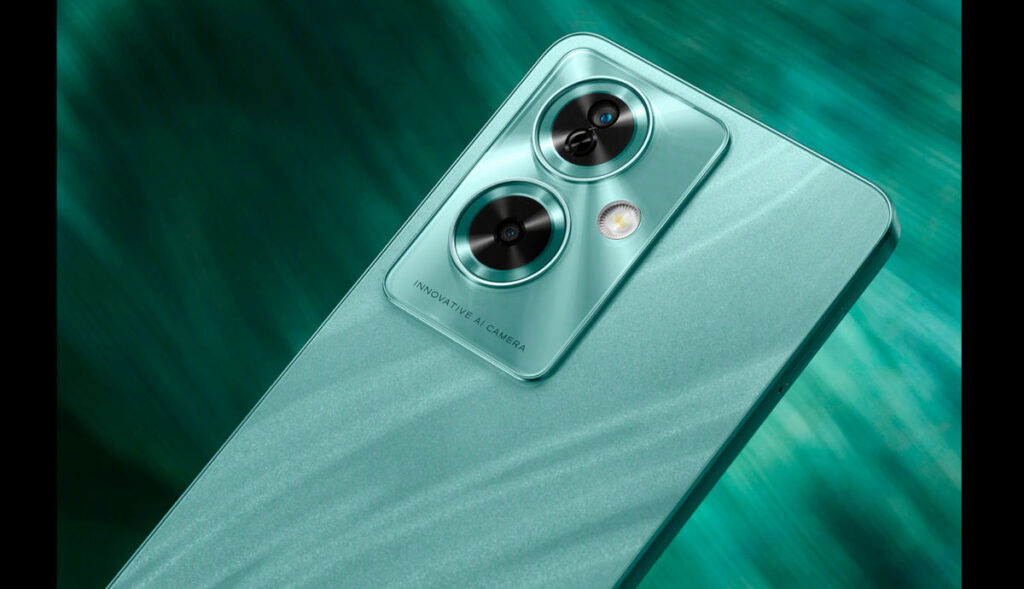
La OPPO Find X8 Pro, Reno 13 Pro, and Find X5 Pro family represent OPPO's maturity in high-end features and, above all, in the integration of AI in mobile photography. Their collaboration with Hasselblad and its ColorOS layer make the difference both for capturing images and for productivity tasks. Find out how to set up Deezer to work with smart devices. in relation to multimedia management on these mobile phones.
- Find X8 Pro: 6,82" AMOLED display, Snapdragon 8 Gen 3 processor, up to 16GB of RAM, and 1TB of storage. Cameras developed with Hasselblad: 50MP main, 64MP periscopic telephoto, and 50MP ultra-wide.
- Reno 13 Pro: Extreme durability, 50 MP camera with Livephoto and AI motion modes, 5800 mAh battery and 80W fast charging.
- AI Functions: Automatic image editing, productivity tools, efficient battery management, and connection optimization in busy environments.
What is most convincing:
- Innovation in computational photography in collaboration with photography experts
- Ultra-fast charging and excellent autonomy
- Advanced customization options and productivity powered by ColorOS and Android 15
Weaknesses: The ROM can be a bit tricky for those coming from “pure” Android, and night photography is still a step behind Samsung and Apple in certain situations.
Honor Magic7 Pro, Magic7 Lite: AI at competitive prices
Honor has burst onto the scene with its Magic series and a clear strategy of boost artificial intelligence even in mid-high range modelsThe Magic7 Pro, supported by the Honor Alpha Plan launched at MWC, guarantees seven years of software updates and AI features for photography, battery life, and performance management.
- Magic7 Pro: large 6,8″ OLED display, Snapdragon 8 Elite, triple camera (50 MP, 200 MP with optical zoom, 50 MP ultra wide angle), 5270 mAh battery.
- AI Functions: Photo editing, AI enhancement, smart gallery, app organization based on user usage, and automatic transcription in the notes app.
- Magic7 Lite: Aimed at the mid-range but with a 108 MP main camera, a 6600 mAh battery and smart features adapted to a less demanding audience but looking for durability.
Positive aspects:
- Much more for less: great features at competitive prices
- Software updates guaranteed for years
- Sound quality and display designed for multimedia
Slopes: The camera module is bulky, and in some cases, the position of the buttons can make it difficult to use with one hand. The AI in photography tends to over-smooth faces.
OnePlus 13 and Open Apex: Battery life and fast charging with AI touch
If you are into autonomy and speed to charge your mobile, the OnePlus 13 and the Open Apex (luxury foldable) you'll love. Plus, the OrangeOS 15 software incorporates AI features for power management, app optimization, and, of course, photography and video.
- OnePlus 13: 6,82″ AMOLED display, Snapdragon 8 Elite processor, 6000 mAh battery, 100W charging and the possibility of 50W wireless.
- 50 MP main cameras, Ultra wide angle and telephoto lenses, AI image optimization and real-time editing.
- Open Apex: foldable luxury with premium materials (vegan leather, titanium, carbon fiber), Hasselblad triple camera and 4805 mAh battery with 67W charging.
- IA Details: night charging optimization, smart camera modes, customization based on usage habits.
Strengths:
- Unmatched charging speed, above-average battery life
- Smooth multitasking and gaming experience
- Robust and premium design, with exclusive details in the Open Apex model
Disadvantages: The camera isn't the brightest in the most demanding situations, and prices start to climb for the top-of-the-range versions.
Nothing Phone 3, 3a Pro, and 2a: Original design and accessible AI
Nothing is once again betting on originality and the integration of AI in its mobile phones with the range Phone 3, Phone 3a Pro and 2aThese models stand out for their transparent design, smart features, and unmatched value.
- Phone 3a Pro: 6,77″ AMOLED display, Snapdragon 7s Gen 3 processor, 50MP triple camera, 5000mAh battery, AI photo and video editing features.
- Phone 2a: Price-adjusted version, iconic design, Dimensity 7350 Pro 5G processor and features such as TrueLens Engine, Ultra XDR and integrated ChatGPT for real-time updates.
- AI Features: Magical image editing, system customization, battery and sound optimization, deep integration with pure Android.
Aspects that conquer:
- Unique and minimalist design, recycled materials in its manufacture
- AI accessible to all audiences, options from mid-range to high-end
- Clean, distraction-free user experience and customization
Slopes: The real leap to the flagship range will come with the Phone 3 at the end of the year, although the current versions already offer a lot for their price.
Vivo X200 Pro, X120 Pro: The power of night photography and Zeiss AI
Vivo continues to bet on spectacular camera settings and AI features specifically designed for night photography and advanced editing. The collaboration with Zeiss results in clean, sharp, and nuanced images even in the most adverse lighting conditions.
- X200 Pro: 6,78″ LTPO AMOLED display, triple camera with Zeiss optics, 50 MP main sensor, 6000 mAh battery and 90W super-fast charging.
- X120 Pro: Total commitment to night photography, large image sensor, advanced AI processing.
- AI Software: automatic image editing, intelligent transcription, system customization, and advanced security.
Strengths:
- Excellence in photography, especially in night scenes
- Battery and charge well above average
- IP68 resistance certifications and ultra-fast connection
Disadvantages: Limited customization in some sections and high price in the most complete versions
Other models to consider in the AI ecosystem
The boom in artificial intelligence has led many manufacturers to launch offerings for all tastes and budgets: they are an example of how to expand integration across different devices.
- Motorola Edge 60 Ultra: Noted for its balance between performance, camera, and battery life. It features a cutting-edge processor, ultra-fast charging, a versatile camera, and AI features for automating tasks, card scanning, and visual recognition.
- ASUS Zenfone 12 Ultra: A strong point in the camera with automatic target tracking, cinematic effect and event transcription, as well as integration with LLaMA 3 (offline assistant), ideal for those looking for power and autonomy in a more compact format.
- ZTE nubia Flip 2 5G: Lightweight foldable, dual screen, AI for real-time translation and multi-angle capture.
- Redmi Note 14 5G: Mid-range option with long-lasting battery, fast charging, and AI features tailored to everyday tasks.
- Crosscall Stellar M6: Military-certified rugged phone with AI noise reduction and magnetic accessory management.
- SPC Polaris: Designed for seniors, it combines tracking features, remote assistance, and large keys, all powered by AI to tailor the experience to specific needs.
What should you consider when choosing an AI-powered smartphone in 2025?
Choosing the best AI smartphone today depends not only on the budget, but above all on What use do you plan to give to those smart functions?Here are some key tips to help you get it right:
- If photography is essential, prioritizes models with collaboration with photography brands (Leica at Xiaomi, Zeiss at Vivo, Hasselblad at OPPO), large sensors, and outstanding AI editing software.
- For work and productivity, seeks integration with assistants such as Gemini or LLaMA, real-time transcription, intelligent document management, and broad autonomy.
- If autonomy is your headache, models with fast charging above 80W and batteries of 6000 mAh or more make the difference (OnePlus, Xiaomi and Vivo are references).
- In gaming, choose phones with the latest generation processors, abundant RAM and AI functions for thermal optimization and graphic enhancement (ROG Phone, OnePlus, Motorola Edge).
- For those seeking minimalist design and experience, Nothing and some foldables like OnePlus Open Apex and Nubia Flip stand out in originality and lightness.
Quick comparison of 2025 flagship models and their AI points
| Córdoba | Screen | Processor / RAM | Main Chamber | Battery | Strengths in AI | Approx. price. |
|---|---|---|---|---|---|---|
| Samsung Galaxy S25 Ultra | 6,8″ Dynamic AMOLED QHD+ | Snapdragon 8 Gen 4 / up to 12 GB | 200 MP + dual telephoto + ultra wide angle | 5500mAh / 65W | Translation, photo/video editing, S-Pen AI | 1.399€ |
| Xiaomi 15Ultra | 6,73″ AMOLED WQHD+ | Snapdragon 8 Elite / up to 16 GB | 200 MP + 3 x 50 MP Leica | 6000mAh / 120W | Advanced editing, AI plugins, night mode | 1.499€ |
| Apple iPhone 16 Pro | 6,3″ ProMotion XDR | A18 Pro 3nm | 48 MP + 10x telephoto | 26h use / fast charge | Apple Intelligence, AI Edition, Advanced Search | 1.219€ |
| Google Pixel 9 Pro | 6,7 ″ OLED | Tensor G3 / 12 GB | Enhanced by AI | ~5000 mAh | Magic Edition, Circle to Search, translation | 1.099€ |
| OPPO FIND X8 PRO | 6,82 "AMOLED | Snapdragon 8 Gen 3 / up to 16 GB | 50 MP Hasselblad | 5400mAh / 100W | Automatic editing, productivity with AI | 1.099€ |
| Honor Magic7 Pro | 6,8 ″ OLED | Snapdragon 8 Elite / up to 16 GB | 50 MP + 200 MP zoom | 5270mAh / 100W | AI Apps, multimedia, updates 7 years | ~ € 999 |
| OnePlus 13 | 6,82 "AMOLED | Snapdragon 8 Elite / up to 24 GB | 50 + 50 + 50 MP | 6000mAh / 100W | Ultra-fast charging, AI energy optimization | ~ € 1.149 |
| Nothing Phone (3a) Pro | 6,77 "AMOLED | Snapdragon 7s Gen 3 / 12 GB | 50 MP triple | 5000mAh / 50W | AI photo editing, design, customization | 459€ |
Frequently Asked Questions About AI-Powered Mobile in 2025
- Are mobile phones safe with so much AI integration?
Major manufacturers have strengthened data protection, privacy, and secure management of personal information, although it's always a good idea to review the permissions of artificial intelligence apps. - Does AI consume much more battery?
In general, AI features are optimized to run in the background and take advantage of dedicated processor cores, so the impact on battery life is marginal for most uses. More intensive features (video editing, advanced photography, continuous transcription) may reduce battery life somewhat. - Can AI features be used offline?
Some do (like the LLaMA 3 assistant on Asus, or local photo editing on Xiaomi and Google), but for advanced translation tasks or contextual search, an internet connection is usually required. - Is it easy to use AI if you are not an expert?
The key in 2025 is accessibility: smart features are intuitively integrated, and most are activated from the gallery, camera, keyboard, or quick settings, without the user having to configure anything extra. - Between high-end and low-end, which one should I choose? We'll leave it here. the best mobile phones of both ranges.
The 2025 models make choosing a lot easier, offering a balance of power, design, and smart features. From top-notch photography to assistants that simplify your daily life, these devices are ready to enhance your mobile experience beyond the ordinary. The integration of artificial intelligence into every aspect ensures more efficient, personalized, and, above all, smarter use. We hope you enjoyed this list of the best AI-powered phones of 2025.
Passionate about technology since he was little. I love being up to date in the sector and, above all, communicating it. That is why I have been dedicated to communication on technology and video game websites for many years. You can find me writing about Android, Windows, MacOS, iOS, Nintendo or any other related topic that comes to mind.
